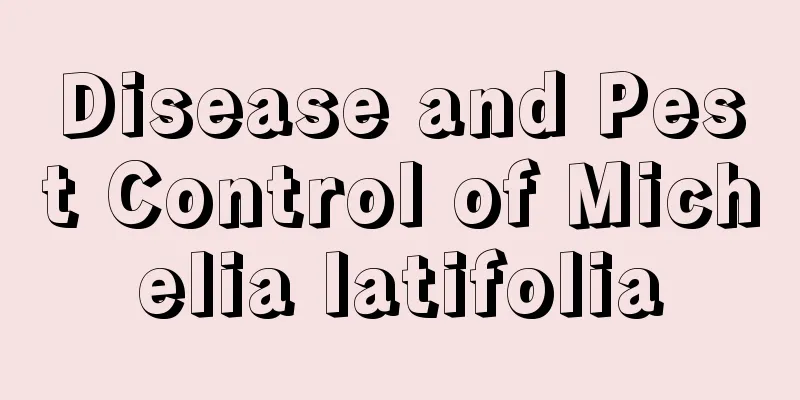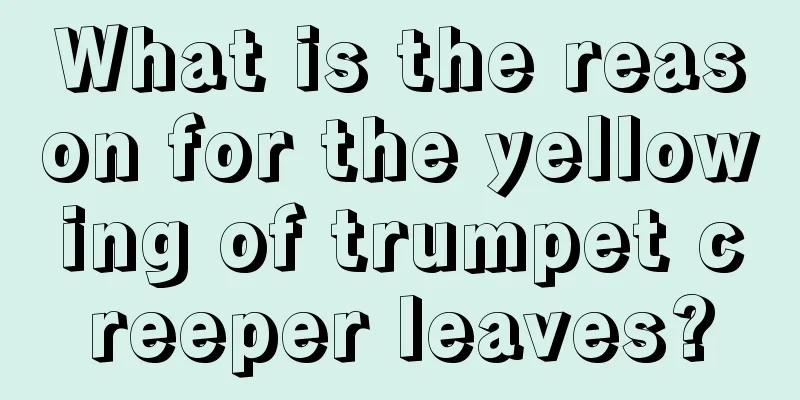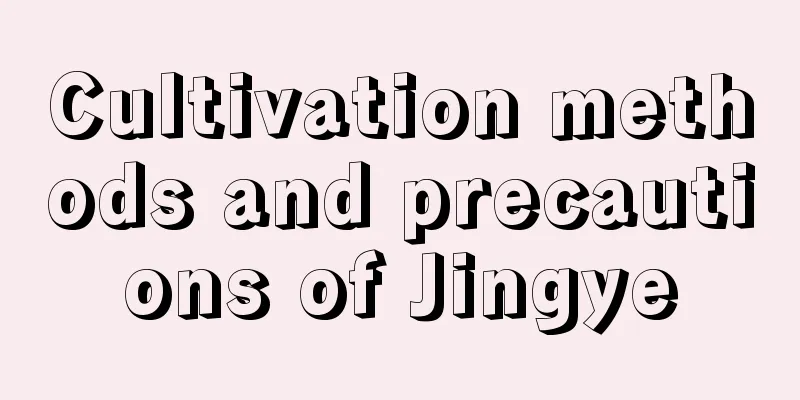High-yield technology of sweet potato planted upside down

|
After years of technological progress, sweet potato cultivation in China has reached a highly mature stage, with significant growth in both yield and planting area. Today, sweet potato cultivation in China is mainly concentrated in provinces such as Anhui, Hebei, Henan and Fujian, and has become an important part of the agricultural economy. Let’s learn about the high-yield technology of inverted planting of sweet potatoes. 1. Planting upside down During the sweet potato planting process, the use of inverted planting technology can promote the growth of tubers. The specific operation is to first trim the top 2 to 3 nodes of the seedlings, and then cut them into sections of 4 nodes. On the upper two nodes of each segment, cut off the petioles and leaves, and retain the petioles and leaves on the lower two nodes. Next, place the seedlings upside down on the ridges, making sure the base of the petiole is slightly above the soil surface and the distance between the plants is kept at about 15 cm. Although the upside-down sweet potatoes grow more slowly, this planting method can slow down the transport of water and organic matter in the conductive tissues within the stem, causing more nutrients to accumulate in the roots, which helps the tubers to expand and is expected to increase yields by more than 50%. 2. Top The topping technique is to remove the top buds on a sunny morning when the main stem of the sweet potato grows to 40 to 50 cm; when the branches grow to 30 to 35 cm, the top buds are also removed. This practice prevents excessive stem growth, reduces nutrient waste, and promotes root expansion, which is expected to increase yields by 20 to 30%. 3. Fertilization in cracks During the period when sweet potato tubers are expanding, cracks will appear on the soil surface. At this time, you can use 750 to 1,000 kilograms of clean water manure per acre, add 500 grams of potassium dihydrogen phosphate (or 5 kilograms of superphosphate and 50 kilograms of wood ash, which need to be soaked and filtered in water before use), mix these fertilizers , and irrigate along the cracks. After irrigation, cover the cracks with soil. This method can increase yields by 20 to 30%. 4. Pentazocrine When the sweet potato seedlings grow to 50 to 60 cm, spray 10 ml of mepiquat or 20 to 25 ml of growth hormone per acre. This treatment helps control upper growth, promotes lower development, and accelerates root growth, which is expected to increase yields by 15 to 20%. The above sweet potato cultivation points are for reference only. It is recommended that you consider the actual situation. The inverted planting technology is not suitable for all regions.
|
<<: When to fertilize peach blossoms, how to fertilize peach blossom potted plants
>>: What is the main method of peach blossom reproduction?
Recommend
Can I still plant beans in August?
Plum beans are actually an annual climbing herbac...
Olive tree growth environment and local conditions
Olive tree growth environment and conditions Oliv...
How many pounds of bell pepper can be produced per mu?
Bell pepper introduction Bell pepper is also call...
How to make acorns germinate quickly
Acorn germination environment First of all, you n...
How to trim the ball orchid to look good
When to prune the ball orchid Hoya is best pruned...
The flower language and origin of the name of Aloe Queen
Flower language of Aloe Queen The flower language...
How to cultivate Platycodon grandiflorum
Platycodon grandiflorum growing conditions Platyc...
Where is the best place to plant prickly pear?
Where the prickly pear is planted Generally, sea ...
How to breed black magician and what to pay attention to
Black Mage breeding method There are roughly two ...
What is the best month to plant sweet potatoes?
When to plant sweet potatoes Sweet potatoes gener...
How to prune a fortune tree
1. Pruning time It is best to prune the money tre...
How to take care of the newly bought spider plant
1. Inspection Whether you buy spider plants onlin...
On haze days, these 20 plants are best to put at home
Rubber Tree The leaves of rubber trees are large ...
Cultivation methods and precautions of Piaoxiang vine
Lighting requirements The fragrant vine likes a w...
Dandelion pictures (introduction to morphological characteristics and maintenance methods)
1. Morphological characteristics 1. Roots: The ro...









